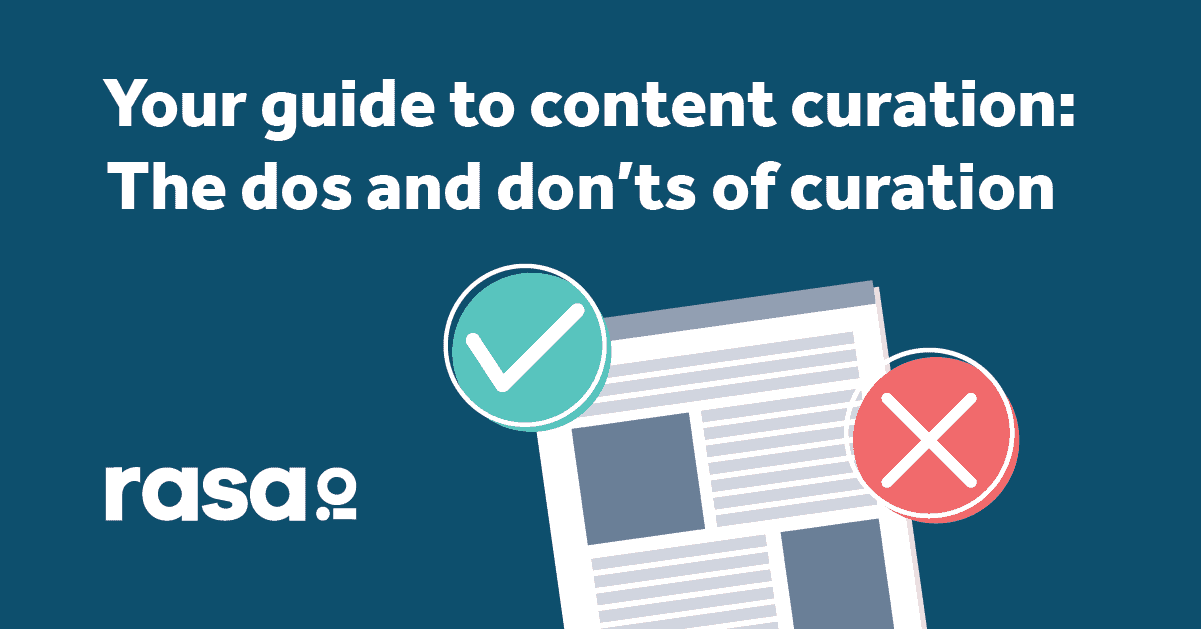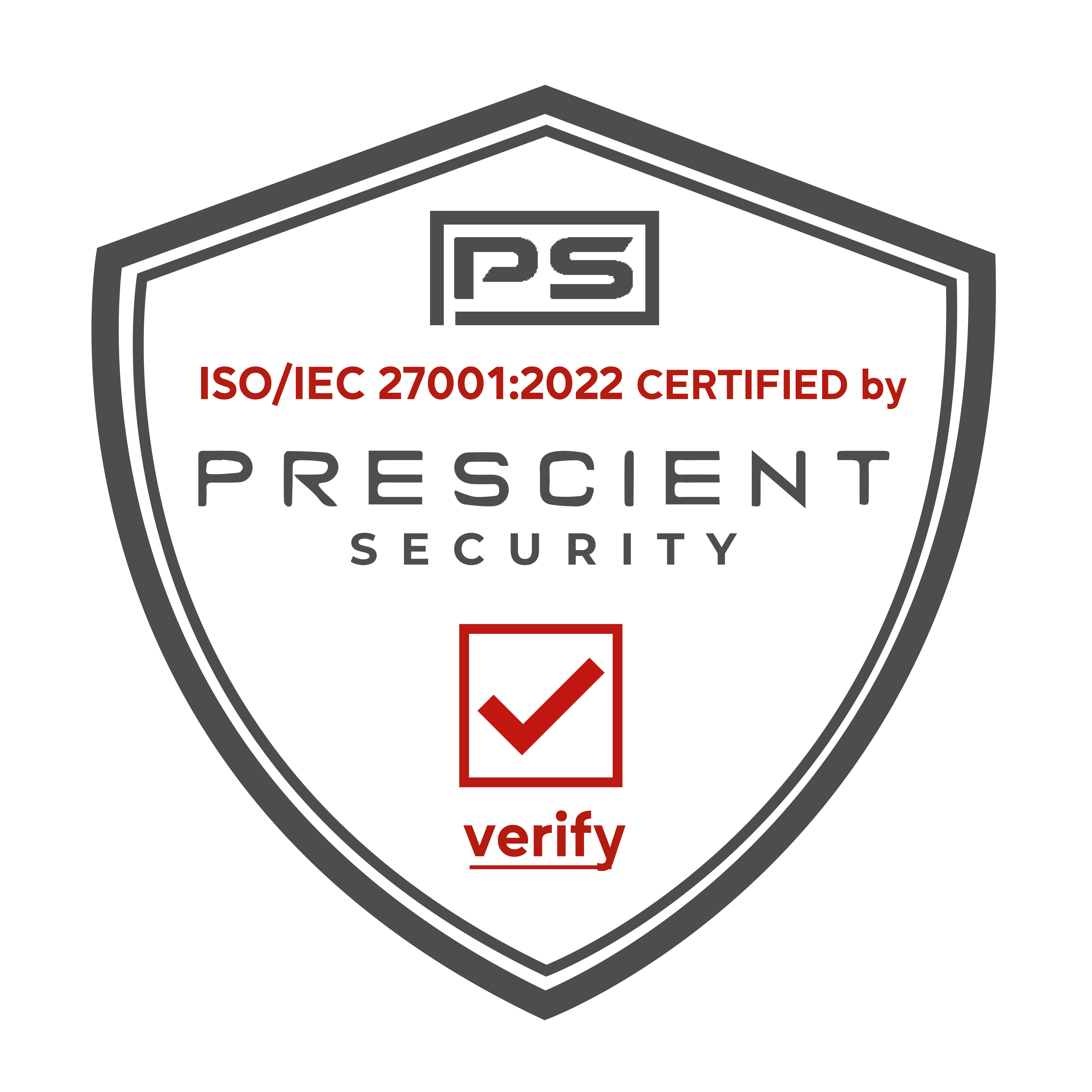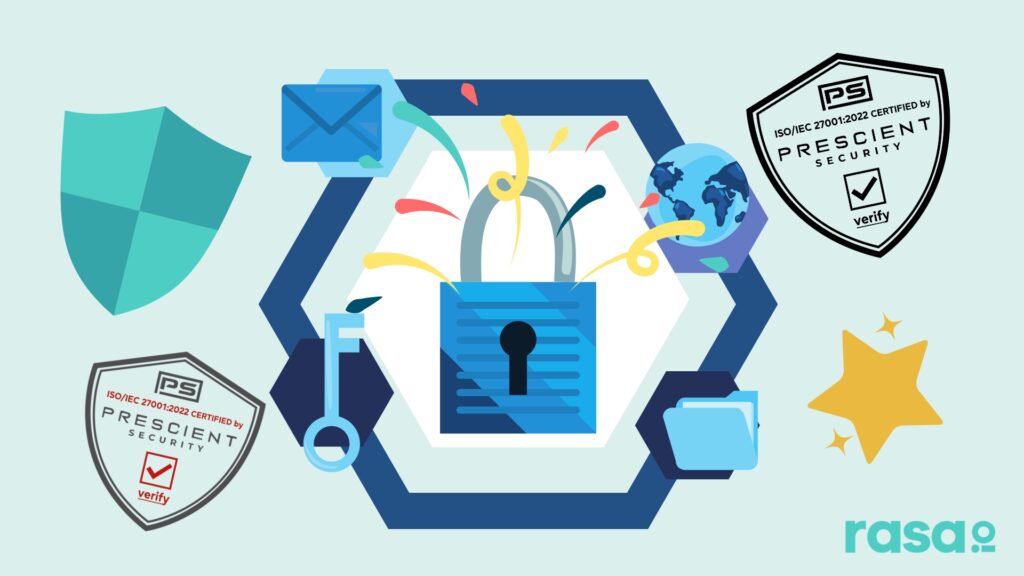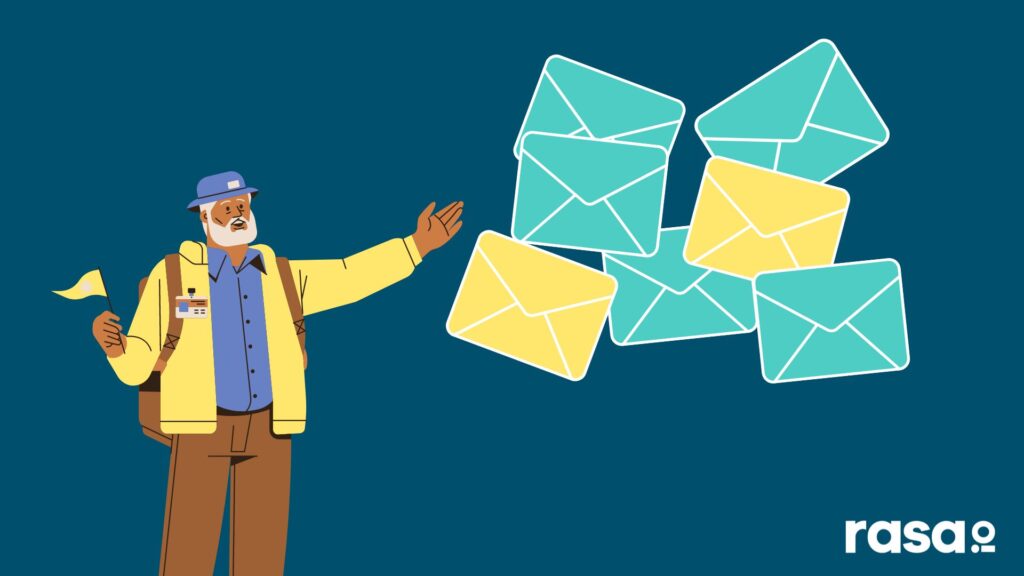Content curation is a low-cost, efficient way to keep the conversation going with customers, but it’s easy to mess up. Keep these best practices in mind as you get started.
DON’T overshare.
The point of curation is to come up with content that is hand-picked for your audience, not to share links just for the sake of sharing. The more generic (and prolific) your curated content gets, the lower its value is to the reader. Don’t sacrifice the quality of your curated content for the sake of quantity.
DO add context.
Sharing content with no context puts you dangerously close to spam territory. There should be a clear reason why you are sharing a particular article, video or other content with your audience. Give a short explanation of why the content matters to your customers and don’t be afraid to offer your take or opinion on the topic being covered. That’s what your customers are looking for.
DON’T plagiarize.
Never (ever) try to pass other people’s content off as your own. Your audience and the content creators will notice, and your reputation will be damaged.
From the Blog ⇒ How to do Curation the Right Way
DO give credit.
Make an effort to shout out the blogs, companies and other sources where your curated content is coming from. Tag creators in social posts, and include links to the original work. It’s the right thing to do and has the added benefit of strengthening your online network. People are more willing to share your content if you share and credit theirs.
DON’T overdo it.
Curated content should not replace original content generated by your business. Aim to strike a balance, mixing original content with content created by someone else. For example, an email newsletter can feature original blog posts, while also including a handful of links and content from external sources.
DO use caution.
Put thought into what you share, and think about how curated content reflects on your brand. What does it say about your values? How will it be received by your audience? Is there a chance people will take it the wrong way? Be especially careful with sharing content that is satirical or controversial.
DON’T lose focus.
Make sure to focus curated content on specific topics. If your weekly newsletter shares curated content on business one week, gardening the next and windsurfing the week after that, your subscribers will lose interest fast. Pick a topic or two and dive into it, providing relevant, timely and useful content specific to that area.
DO experiment.
Experiment with sharing different types of curated content in different formats, and measure the results. This is how you zero in on what really matters to your audience. Share curated content in blog posts, an email newsletter and on social media channels. Also, mix up the type of content you share; share curated videos, guides, social media posts and even other blogs and newsletters, in addition to articles.
Free download: The Straight Talk Guide to Content Curation
The Straight Talk Guide to Content Curation [Free Download]













